There is no shortage of picturesque traditional villages in Japan and some of the best from them all would be the UNESCO World Heritage Sites of Shirakawa-gō (白川郷, “White River Old-District”) and Gokayama (五箇山, “Five Mountains”). (Shirakawago)
Shirakawago is located in Shirakawa in Gifu Prefecture, whilst Gokayama is in Nanto in Toyama Prefecture — however, both are neighboring one another as they lie in the remote Shogawa River Valley. According to UNESCO, what makes these villages special is that they are “outstanding examples of the traditional way of life perfectly adapted to the environment and people’s social and economic circumstances.”
In fact, Shirakawa and Gokayama are famous for their well-preserved and one-of-a-kind clusters of historic farmhouses with steep thatched roofs that are built in the architecture style called as gassho-zukuri (合掌造り). It is said that some of them are even more than 250 years old!
NOTE: Gassho-zukuri roughly means “hands in prayer” and it is derived from how the roof’s shape resembles two hands in prayer. This design has been developed for years to help withstand heavy snow, especially with how the region typically experiences such during winter. Inside these high roofs would be some sort of large attic space wherein people typically use it for sericulture — or the cultivation of silkworms for producing silk.
If you’re more into videos, come and take a peek into the vlog I made below which showcases my visit to Shirakawago! (Starts at time slot 03:42).
» READ:
– Japan Itinerary
– Chubu Itinerary
About Shirakawa and Gokayama
To be more specific, the UNESCO World Heritage Sites in Shirakawa and Ogimachi are the 3 historic mountain villages of Ogimachi, Ainokura, and Suganuma which in total make up about 68 hectares (0.68 km2). They are all strictly protected in order to continue preserving its historic and natural environment.
From these 3, the largest and most popular landmark would be Ogimachi in Shirakawa; hence, it’s very easy to access from nearby bigger cities. Ainokura and Suganuma in Gokayama are a bit more difficult to access though, but they are surely less crowded.
Wanna tour to Shirakawago?
You can join the following trips below:
Day trip from Nagoya
2-Day tour to Shirakawa-Go from Osaka
1. Ogimachi (荻町)
Today, a number of the gassho-zukuri farmhouses have been moved to an open-air museum in Ogimachi in an effort to save them from destruction. This move along with the large concentration of farmhouses, easy access, and other beautiful attractions has made Ogimachi the most well-known village to visit in both Shirakawa and Gokayama.
Here, you can find the following highlights…
- Gassho-zukuri Minkaen: the open air museum area where the relocated farmhouses have been transferred to.
~ Admission: ¥600, open from 8:40AM to 5:00PM
. - Shiroyama Viewpoint: located north of the village, this is the best place for acquiring a great panoramic view over Ogimachi. You can reach this by going through a walking trail from the village center (for about 15-20 minutes), or by a shuttle bus that is found near Wada-ke House.
~ Admission: FREE, closed during heavy snow
. - Wada-ke House: the Wada family is one of the wealthiest families in town, so this former home of theirs is the largest gassho-zukuri farmhouse in town. It now serves as a public museum where you can go in and witness the interior design and the special attic. (Another house you can check out is Kanda-ke.)
~ Admission: ¥300, open from 9:00AM to 5:00PM
. - Myozenji Temple & House: unlike most temples in Japan, Myozenji is built in gassho-zukuri style. If you come visit, you could also drop by its adjacent house where the priest of the temple lives.
~ Admission: ¥300 entrance to both temple and house, open from 8:30AM to 5:00PM
. - Shirakawago no Yu: this is a place where you can experience onsen (hot spring). It’s also a minshuku (Japanese-style of bed and breakfast) where you can stay overnight.
~ Admission: ¥700 for onsen, open from 7:00AM to 9:30PM
.
2. Ainokura (相倉)
Photo by: Harald Johnsen / CC
This is, by far, the most remote village in the region of Gokayama with nearly 20 gassho-zukuri farmhouses. Being so distant from everything else has its advantages though because in here, they have maintained a lot of their traditional culture.
Some of the interesting things that they are known for here are the sasara and washi paper. Sasara is basically a percussion instrument wherein a hundred of wooden plates are strung together; whereas washi is a style of paper unique to Japan. There are some places in Ainokura where you can watch them make this (or you can also try and make them too!).
As for notable places to see…
- Ainokura Viewpoint: it’s a mere 5 to 10-minute walk up to the mountain wherein the trail starts behind the information office at the parking lot.
~ Admission: FREE
. - Gokayama Washi: this is the place where you can watch how washi paper is made and where you can try making it for your self as well
~ Fee: ¥600 per sheet
. - Ainokura Folk Museum 1 and 2: these are 2 gassho-zukuri farmhouses that have been turned into museums in order to display daily life back in the Edo Period (museum 1) as well as to display the industries in the area (museum 2).
~ Admission: ¥300 for both museums, or ¥200 per building; open from 8:30AM to 5:00PM
. - Murakami-ke House: also a farmhouse that has been turned into a museum; at the end of the tour done by the owner, they will display folk song performances.
~ Admission: ¥300, 8:30AM to 5:00PM
.
3. Suganuma
Photo by: tsuda/CC
This village has 9 gassho-zukuri farmhouses and it is made up of 2 areas: Suganuma Village and Gokayama Gassho no Sato that are connected by a tunnel. The latter is where farmhouses were relocated, so no one lives in these houses and are rather used by local school groups who want to experience staying overnight in a gassho-zukuri farmhouse.
- Iwase-ke House: this is the biggest gassho-zukuri farmhouse in Gokayama, in which the 1st floor rooms were used to entertain visiting feudal lords.
~ Admission: ¥300, 8:00AM to 5:00PM
. - Saltpeter Museum: saltpeter is an ingredient used for making gunpowder and this used to be a booming industry in Gokayama during the Edo Period.
~ Admission: ¥300, 9:00AM to 4:00PM
. - Folk Museum: displays tools and household items that are typically used in the region.
~ Admission: ¥300, 9:00AM to 4:00PM
• • •
Other Top Must-Dos
1. Stay overnight in a gassho-zukuri farmhouse
Photo by: Bryan / CC
There are a lot of gassho-zukuri farmhouses — mostly in Ogimachi village — that have been converted into minshuku or family-run bed-and-breakfasts, and if you were to ask around, for sure they would recommend that you experience staying over in a minshuku so that you can get to have a closer look into a traditional Japanese home’s simple way of living.
Most of the time, the guest rooms come with tatami mat floors in which a futon (mattress laid on the floor) will be where you would sleep for the night. Typically, one night would cost about ¥8,000 to ¥9,000 per person and that already includes breakfast and dinner.
However, due to the popularity of this experience, it can be hard to make reservations. Either way, you can try to do so via the local tourist association or via this website.
2. Visit during every season!
Shirakawago and Gokayama‘s beauty radiates in EVERY season — may it be spring (sakura or cherry blossom season), summer, autumn or winter.
Though if you would only have to choose one, I would highly suggest visiting in winter during the famous Shirakawa-go Winter Light-Up! As I’ve mentioned before, snowfall in this region can get pretty intense and Ogimachi village in particular usually gets covered in 1 to 2 meters of snow; with this, it has made the town into its own unique winter wonderland.
In select Sunday and Monday evenings in January and February, the village organizes such a special illumination event for visitors in which many of the gassho-zukuri farmhouses are given light from 5:30 to 7:30. (For the schedule, see here).
To best view this spectacle, the Shiroyama Viewpoint is the best spot — but take note that it can get very crowded. With the walking trail closed during this affair, the only way to access the viewpoint will be via a shuttle bus near Wada-ke House. It leaves before 5:30PM and you can purchase tickets on a first-come-first-serve basis from 4:30PM at the nearby JA parking lot for ¥500.
TIP: If you can manage to book an overnight stay in the village during the event, tickets will first be offered to you before everyone else. It also helps to note that if you’re traveling here…
.
~ By private car: winter tires are important; and unfortunately, the parking lot will be closed during the event. You can park in Terao Temporary Parking Lot in which a shuttle bus will connect you to the village. Still and the same, it might be hard to get space in the bus.
~ By regular bus: if you’re not coming with a tour bus, the regular buses that travel here stop running before 7:30PM. On a Monday, there are 2 trips on 7:40PM and 8:30 that will take you back to Takayama. Reservations beforehand are absolutely required!
• • •
Travel Guide
» How to Get to Shirakawago
Ogimachi village is the center of all transport to Shirakawa and Gokayama and buses are the main transportation.
To get to the other 2 villages in Gokayama, you just need to ride the bus that travels from Shirakawago to Shin-Takaoka Station. For Ainokura, the bus stop is called Ainokura-guchi (¥1,300 from Shirakawago) and for Suganuma, it’s Suganuma-guchi (¥860 from Shirakawa-go). For timetable, see here.
To get to Ogimachi village…
From Tokyo. Ride the Hokuriku Shinkansen to Toyama (¥12,500 one way) and transfer to the bus that goes to Shirakawago (¥1,700 one way).
From Nagoya. Ride the JR Hida limited express train to Takayama (¥6,000 one way), and then…
From Takayama. Ride the hourly buses going to Shirakawago. It will take about an hour for ¥2,470 one way (¥4,420 roundtrip) and it’s best to reserve beforehand (though not all buses require reservations).
If you need further help, just use the directions feature in Google Maps — I find this as a very helpful tool if I want to reach a certain place from a particular location. (However, Google Maps doesn’t work offline if you want routes or transportation schedules, so I recommend that you get a pocket WiFi or a SIM Card to stay connected online).
» Where to Stay (Accommodations) in Shirakawago
To stay in one of the gassho-zukuri farmhouses, you can book via the local tourist association or via this website.
For accommodations in Takayama…
Budget: J-Hoppers Hida Takayama Guest House / Mid-Range: Best Western Hotel Takayama or AirBnB / Luxury: Honjin Hiranoya Kachoan
» Helpful Japanese Phrases
Hello: Konnichiwa (Kohn-nee-chee-wah)
Thank you (normal): Arigatō. (Ah-REE-gah-tohh)
Thank you (less formal): Arigatō gozaimas (Ah-REE-gah-tohh goh-zahy-mahs)
Thank you (informal): Dōmo (DOHH-moh)
Yes: Hai (Hai)
No: Iie (E-eh)
Goodbye (long term): Sayōnara (Sah-yohh-nah-rah) Goodbye (informal): Ja ne (Jahh neh)
Excuse me: Sumimasen (Soo-mee-mah-SEN)
I’m sorry: Gomen nasai (Goh-men-nah-sahy)
Is there someone here who speaks English?: Dareka eigo ga hanasemasu ka? (Dah-reh-kah ey-goh gah hah-nah-seh-mahs kah?)
Help!: Tasukete! (Tahs-keh-teh!)
Cheers!: Kanpai! (Kan-pie!)
• • •
Overall
Dropping by these historic villages of Shirakawago and Gokayama is sure to be an amazing experience that will give you a closer look into another side of Japan’s traditional communities.
Not to mention, this is yet another outstanding UNESCO site that you can check off from your list!


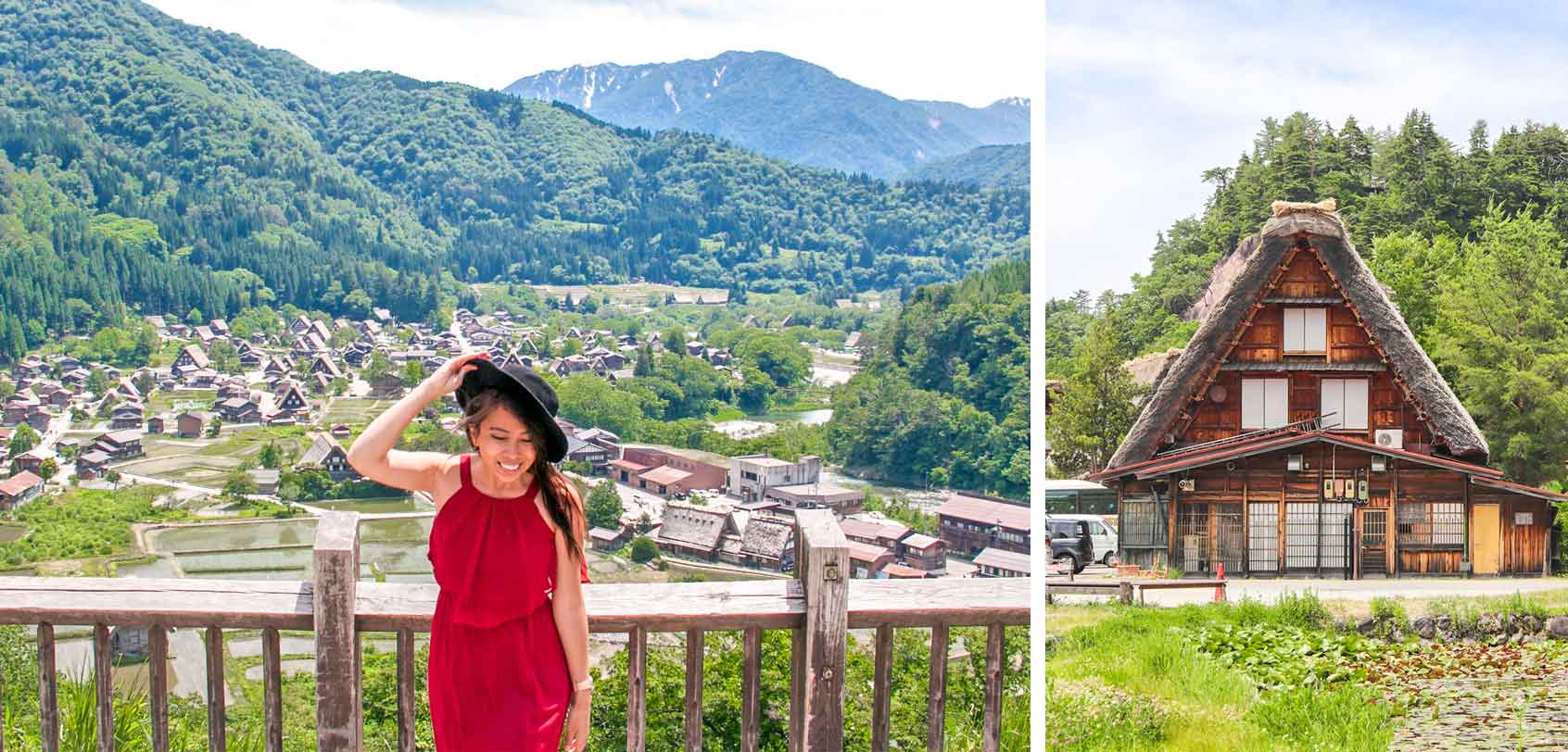
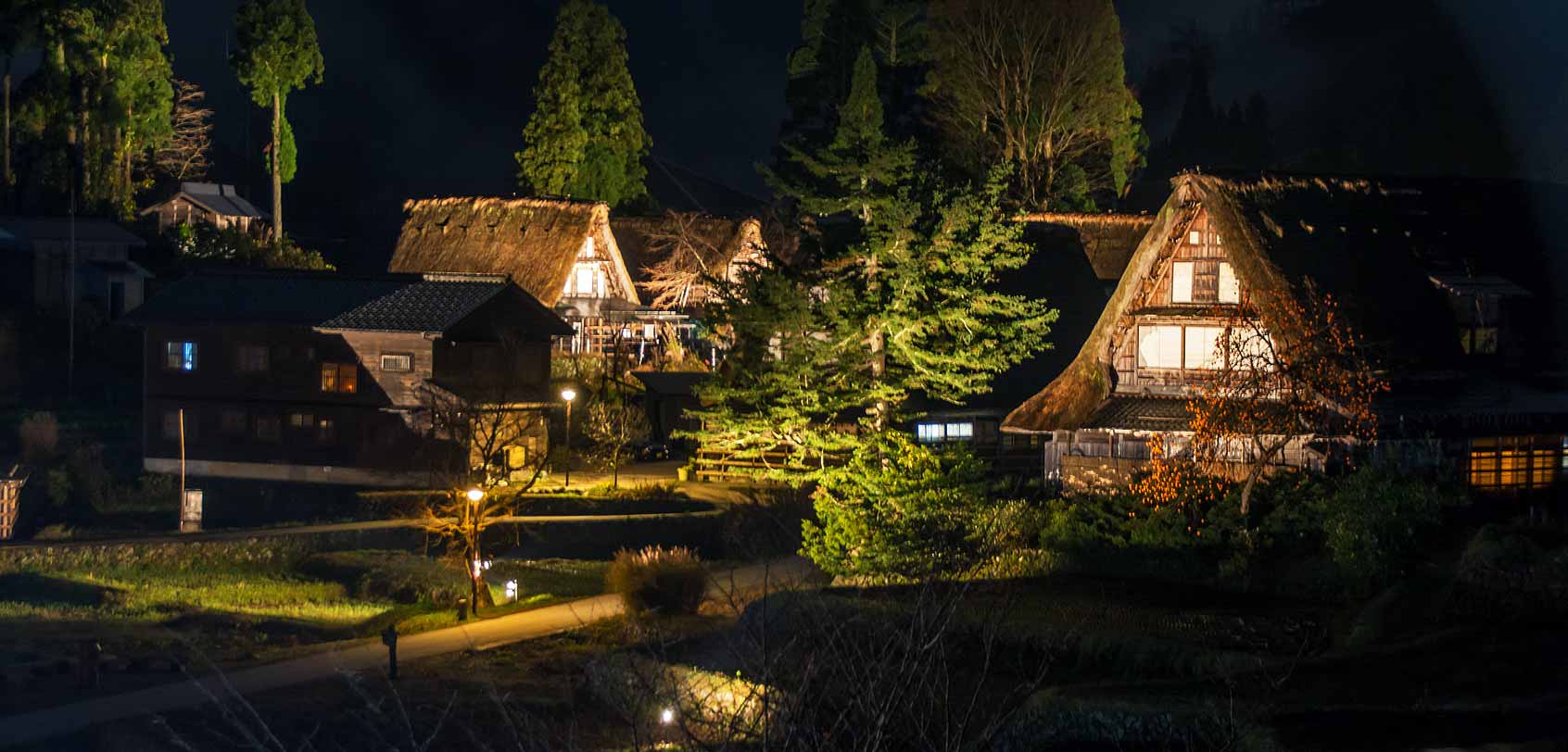
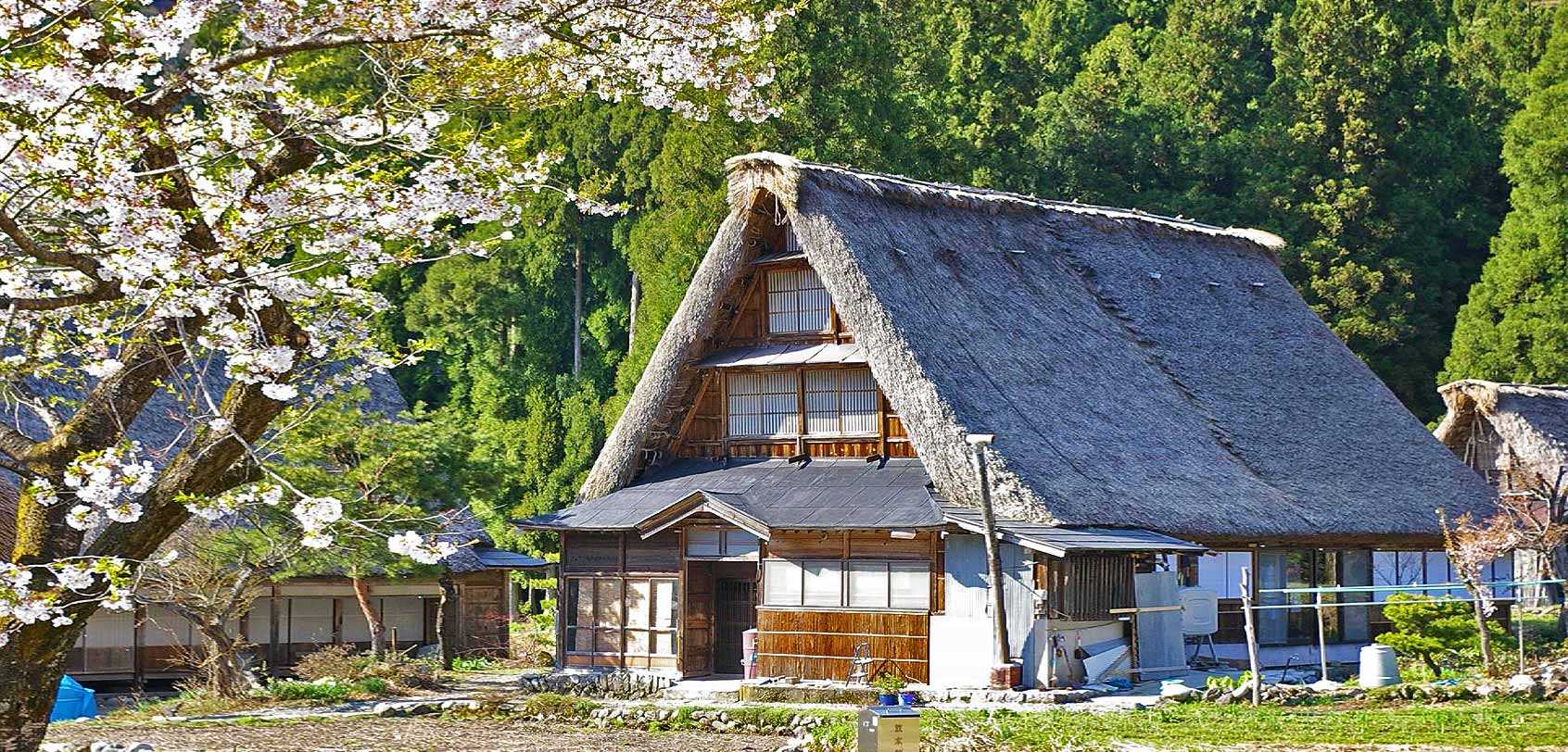
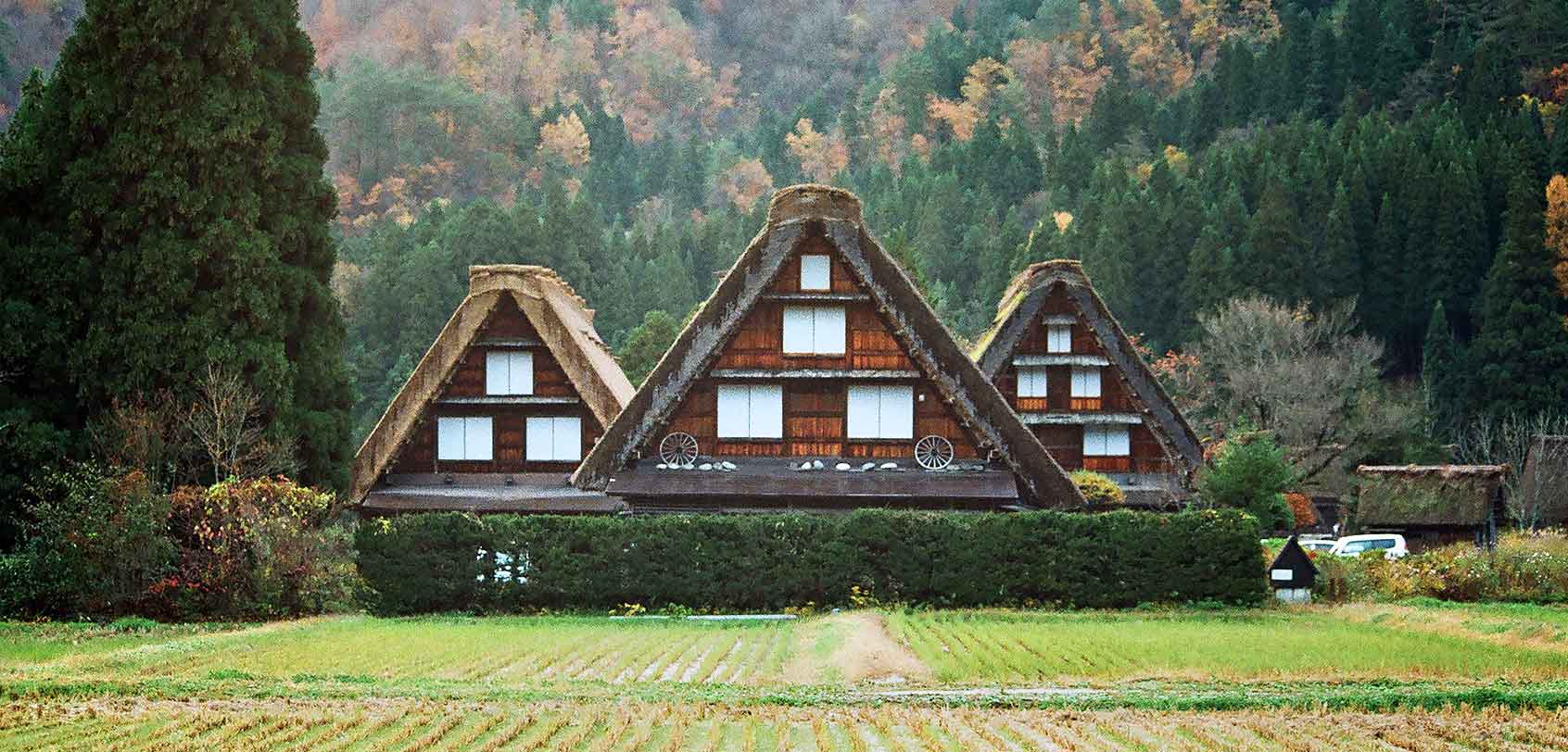
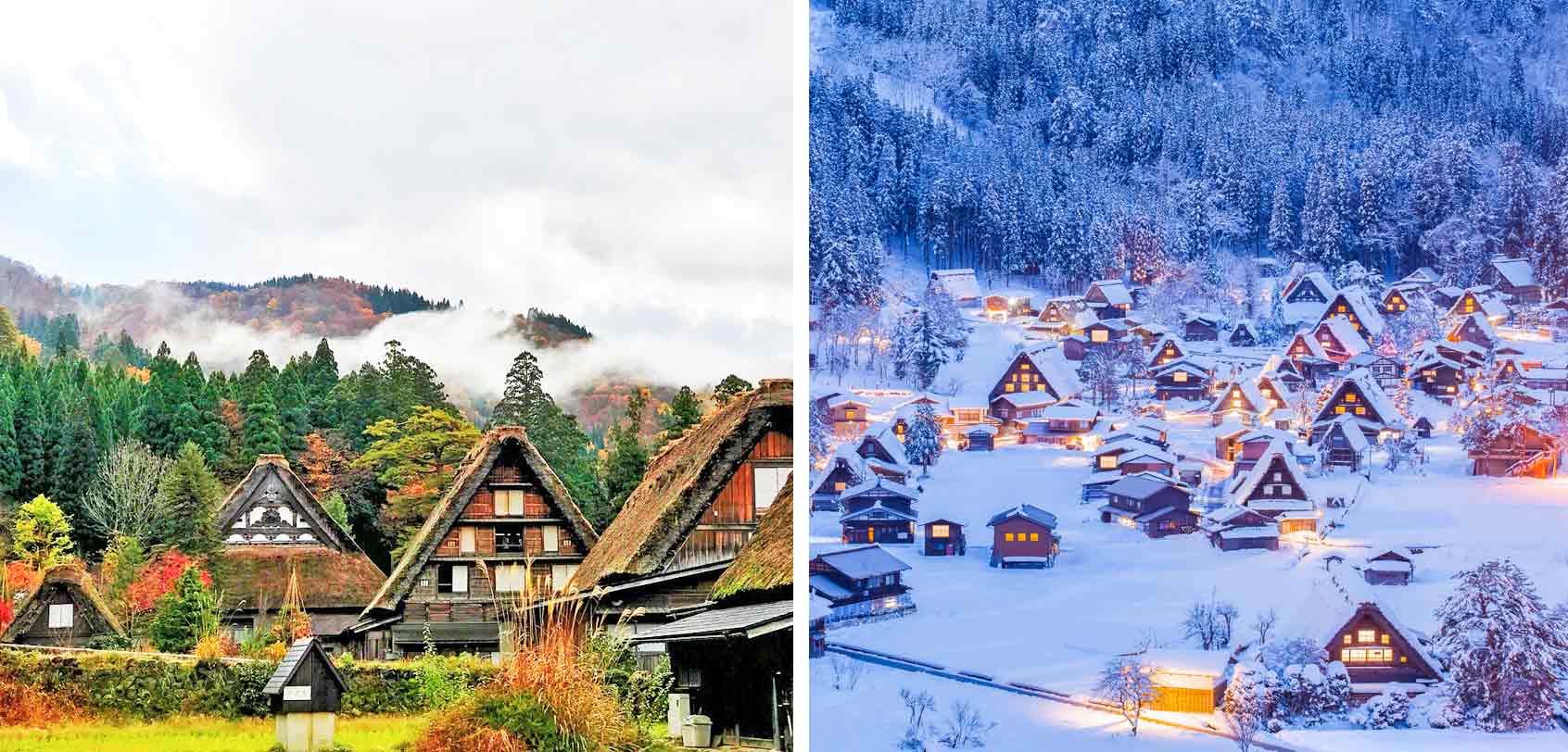



Hi Aileen,
I am loving all your posts for Japan advice! I am visiting Japan this winter and have never been before, so am trawling blogs for research. Visiting these traditional villages seems like an amazing experience which I would love to do. I am wondering, in the photo of Shirakawa-go in the winter taken from Winter Light-Up! or is it lit up to this extent normally in winter?
Thank you :)
Lucy x
Thank you Lucy! Will this be your first time in Japan?
About the photo, it is from the winter light-up. For sure the houses here have light but if it’s not the winter light-up event, the lights can be sparingly lit in the houses and it won’t be as bright like the photo. Hope that helps!
And enjoy your trip to Japan!
This type of authenticy is exactly what comes to my mind when thinking of Japan and aspiring traditional life. Love your serie of articles over Japan!
Thank you Denis! I’m glad you’re enjoying it :D
Amazing place, and amazing pictures. I really wanna visit there.
I hope you do! It’s amazing especially during winter :)
Oh my gosh! Such a gorgeous place! I’d love to visit these places and thanks for this very helpful blog post, Aileen!
I hope you do! I really loved this historic village. Would be nice to go up there in winter for sure :D
Wow, this is a comprehensive travel guide. And how stunning. I had no idea it was so gorgeous here, especially during multiple seasons. Love that you shared common phrases as well. Super helpful.
I’m glad that I piqued your interest! There really are a lot of amazing places in Japan especially in Chubu region :D